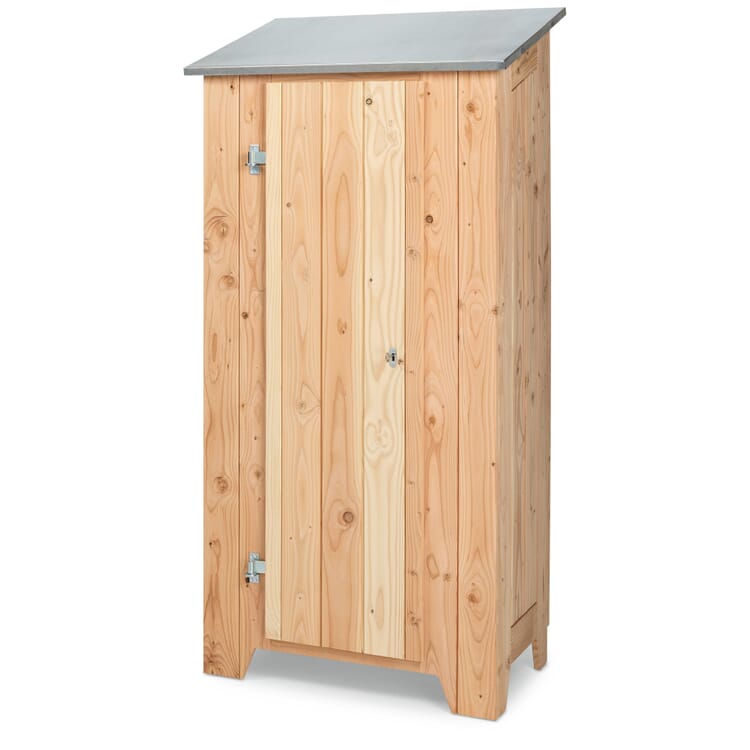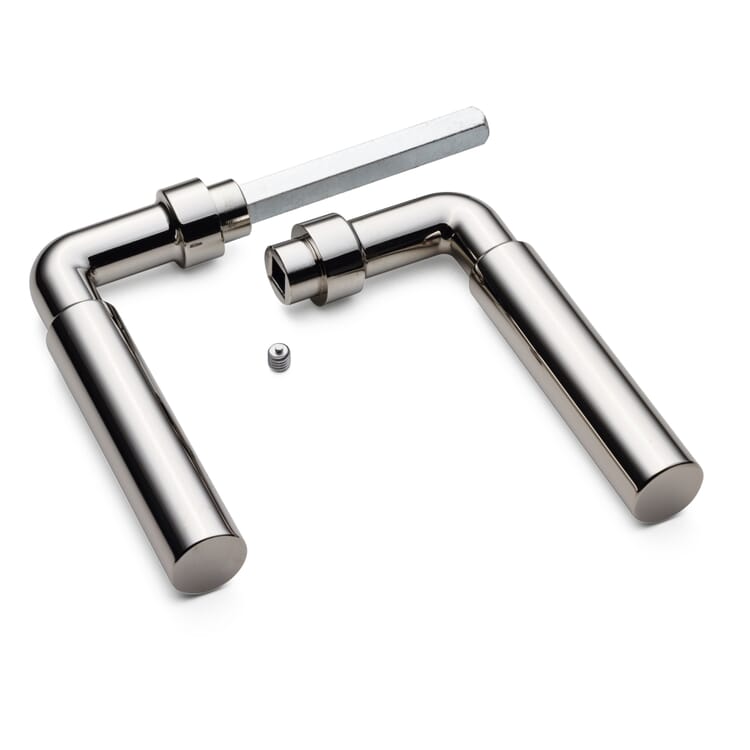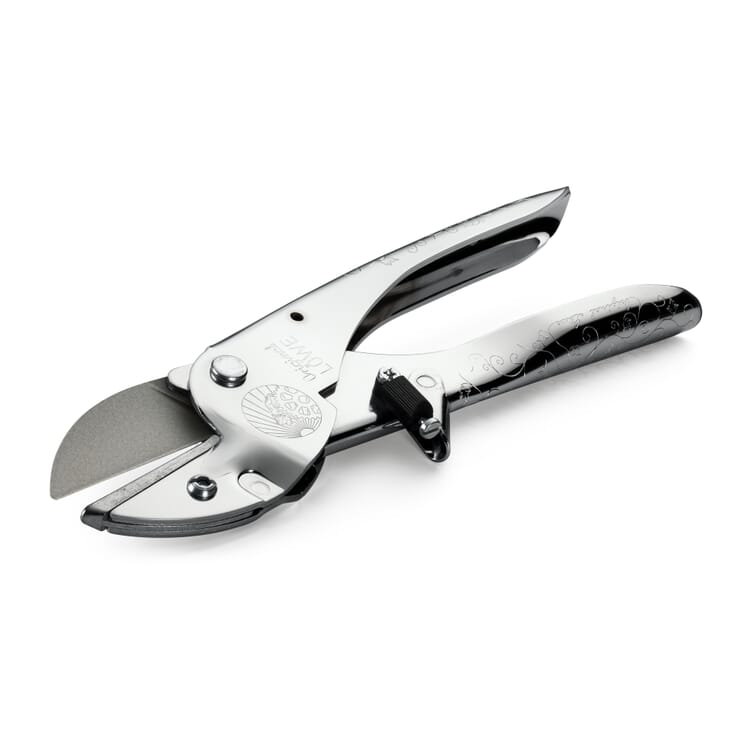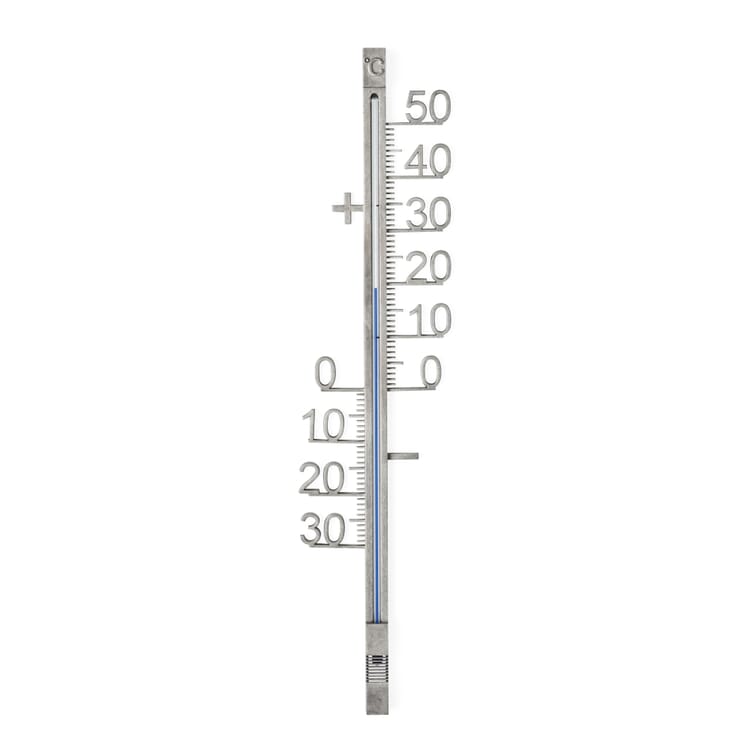Zinc bucket - with "super powers" against corrosion
"A hole is in the bucket," lamented the Liese as early as 1700 in the still well-known folk song of the same name. An unfortunate circumstance that could have been prevented with a zinc bucket. The poor soul would have been spared all the back and forth about trying to plug the hole. Stupidly, hot-dip galvanizing was not invented until 1742 and was first implemented on a larger scale another 100 years later. Clearly too late for the Liese. Since then, however, galvanizing has established itself as a long-lasting corrosion protection for iron and steel in many areas. Holes in buckets are therefore a thing of the past. Thanks to zinc.
Zinc bucket at Manufactum
Protected from corrosion. Or: No hole is in the zinc bucket.
Even if the word "zinc bucket" suggests otherwise, such a container is by no means made entirely of zinc. Rather, the material is a metal coated with a zinc alloy, which is thus protected from the otherwise inevitable corrosion. Rust is the ultimate enemy of steel and iron. When they meet oxygen and moisture in unholy alliance, the metals corrode faster than the Liese can sing its song. However, if the rust-prone material is combined with a less noble metal, only the latter corrodes. It is said to sacrifice itself. And zinc is the perfect victim. When zinc weathers - that is, corrodes or even oxidizes under the influence of the environment - it forms a protective patina. If the zinc bucket still shines silvery when purchased, the surface soon appears dull when used outdoors and is covered by a whitish-gray layer. Although this is also a decomposition product, unlike rust it significantly slows down the further corrosion process instead of accelerating it. What is worn away by wind and weather renews itself to a good extent. You could therefore say that zinc has self-healing powers - a superhero among metals.
Baptism of fire. The process of galvanizing.
One thing right away: not all galvanizing is the same. The thickness of the zinc layer and its production have a decisive influence on the resistance to mechanical loads as well as environmental effects and thus also on the duration of the protection. Among the various techniques of galvanizing, therefore, the one that can provide the most durable protection is considered the queen: hot-dip galvanizing, and among them, above all, piece galvanizing.
All zinc buckets in the Manufactum assortment are made of sheet steel, are first assembled and then hot-dip galvanized in their final form. In this way, not only the surfaces but also the cut edges are effectively protected from decomposition. Unlike many other coatings, the dreaded phenomenon of edge alignment, in which corners and edges have thinner coatings, can be completely avoided with hot-dip galvanizing.
This is not the only reason why the process of hot-dip galvanizing is a complex one. The first step is wet chemical pretreatment: Using acids or alkalis, the workpiece - in our case the future zinc bucket - is first degreased, then pickled, and finally washed in flux for fine cleaning. After this deep cleaning, the actual galvanizing is on the agenda: The bucket is bathed in a bath of molten zinc at an average temperature of 450 °C. While others have long since broken down at such temperatures, the bucket is now ready for the next step. While others have long since capitulated at such temperatures, zinc only comes up to operating temperature at 419 °C and changes its aggregate state from solid to liquid. The bucket now has to withstand a lot, because it remains in the boiling broth until it has reached its temperature. Meanwhile, alloy layers of various compositions of zinc and iron form on the surface of the workpiece, which are covered with a final top layer of pure tin when the bucket is withdrawn from the melt. It becomes visible through the so-called zinc flower - the characteristic, crystalline surface structure in which zinc solidifies and which also characterizes the zinc buckets available from us.



























